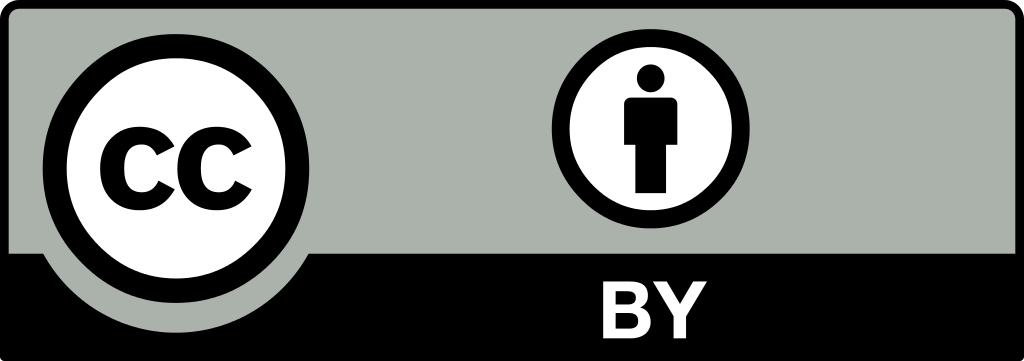

International Journal of Innovative Research in Engineering and Management
Year: 2022, Volume: 9, Issue: 3
First page : ( 178) Last page : ( 182)
Online ISSN : 2350-0557.
![]() DOI: 10.55524/ijirem.2022.9.3.28 |
DOI: 10.55524/ijirem.2022.9.3.28 | ![]() DOI URL: https://doi.org/10.55524/ijirem.2022.9.3.28
Crossref
DOI URL: https://doi.org/10.55524/ijirem.2022.9.3.28
Crossref
 This is an Open Access article distributed under the terms of the Creative Commons Attribution License (CC BY 4.0) (http://creativecommons.org/licenses/by/4.0)
This is an Open Access article distributed under the terms of the Creative Commons Attribution License (CC BY 4.0) (http://creativecommons.org/licenses/by/4.0)
Article Tools: Print the Abstract | Indexing metadata | How to cite item | Email this article | Post a Comment
N. Srikanth , N Narendra, G. Ezri Babu, Sk. Siva Siddiq Sai Kumar, N. Anand Babu
Aerated concrete blocks are made according to the design proportions in this project. Cement, fine particles, a foaming agent, and water are the ingredients of foam concrete. Sand prices are significantly rising these days. We may lower the cost of sand by replacing it with a replacement material. In the current investigation, sand is partially substituted by varying weights and quantities of blast furnace slag, fly ash, and glass powder. To gain a better understanding of the utilization of blast furnace slag, Fly Ash, and glass powder in various literatures, their impact on Compressive Strength foam concrete is explored.
1. Ghafoor MT, Khan QS, Qazi AU, Sheikh MNS, Hadi MNS. Influence of alkaline activators on the mechanical properties of fly ash based geopolymer concrete cured at ambient tempera- ture. Construct Build Mater. 2021;273:121752.
2. Abdalqader AF, Jin F, Alâ€Tabbaa A. Development of greener alkaliâ€activated cement: utilisation of sodium carbonate for activating slag and fly ash mixtures. J Clean Prod. 2016;113: 66–75.
3. Khan QS, Sheikh MN, McCarthy TJ, Robati M, Allen M. Exper-imental investigation on foam concrete without and with recycled glass powder: a sustainable solution for future con- struction. J Construct Build Mater. 2019;201:369–79.
4. Li Y, Liu Y, Gong X, Nie Z, Cui S, Wang Z, et al. Environmen-tal impact analysis of blast furnace slag applied to ordinary Portland cement production. J Clean Prod. 2016;120:221–30.
5. Hossain MU, Poon CS, Dong YH, Xuan D. Evaluation of envi-ronmental impact distribution methods for supplementary cementitious materials. Renew Sustain Energy Rev. 2018;82(1): 597–608.
6. Du H, Tan KH. Concrete with recycled glass as fine aggregates.ACI Mater J. 2014;111(1):47–57.
7. Rajabipour F, Maraghechi H, Fischer G. Investigating the alkaliâ€silica reaction of recycled glass aggregates in concrete materials. J Mater Civil Eng. 2010;22(12):1201–8.
8. Serpa D, Brito J, Pontes J. Concrete made with recycled glass aggregates: mechanical performance. ACI Mater J. 2015;112(1): 29–38.
9. Krejcirikova B, Kolarik J, Wargocki P. The effects of cementâ€based and cementâ€ashâ€based mortar slabs on indoor air quality. Build Environ. 2018;135:213–23.
10. Oznur H, Demirel S, Gunes M. Curing effect on the properties of highâ€performance mortars incorporating recycled glass pow- der. Struct Concr J Fib. 2019;20(5):1644–55.
11. Patel D, Shrivastava R, Tiwari RP, Yadav RK. The role of glas powder in concrete with respect to its engineering perfor- mances using two closely different particle sizes. Struct Concr J Fib. 2020;22(1):E228–44.
12. Shi C, Wu Y, Riefler C, Wang H. Characteristics and pozzolanic reactivity of glass powders. Cem Concr Res. 2005;35:987–93.
13. Nambiar EKK, Ramamurthy K. Airâ€void characterization of foam concrete. Cem Concr Res. 2007;37(2):221–30.
14. Marinkovic S, Radonjanin V, Malesev M, Ignjatovic I. Compar-ative environmental assessment of natural and recycled aggre- gate concrete. Waste Manag. 2010;30(11):2255–64.
15. Wu Y, Wang Jâ€Y, Monteiro PJM, Zhang MH. Development of ultraâ€lightweight cement composites with low thermal conduc-tivity and high specific strength for energy efficient buildings. Construct Build Mater. 2015;87:100–12.
16. Yun ST, Jeong YJ, Han TS, Youm Kâ€S. Evaluation of thermal conductivity for thermally insulated concretes. Energ Build- ings. 2013;61:125–32.
17. Zhang B, Poon CS. Use of furnace bottom ash for producing lightweight aggregate concrete with thermal insulation proper- ties. J Clean Prod. 2015;99:94–100.
18. Amran YHM, Farzadnia N, Ali AAA. Properties and applica-tions of foamed concrete; a review. Construct Build Mater. 2015;101:990–1005.
19. Cox L, van Dijk S. Foam concrete, a different kind of mix. Con-crete. 2002;36(2):54–5.
Assistant Professor, Department of Civil Department, Pace Institute of Technology and Sciences, Ongole, Andhra Pradesh, India
No. of Downloads: 28 | No. of Views: 754
Nabin Khanal.
April 2025 - Vol 12, Issue 2
Akash. T , Sambhaji Padwal.
April 2025 - Vol 12, Issue 2
Akash. T, Sambhaji Padwal.
April 2025 - Vol 12, Issue 2
